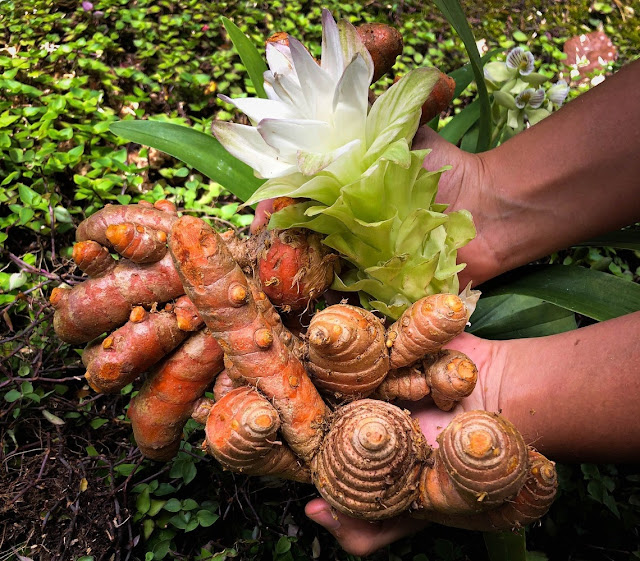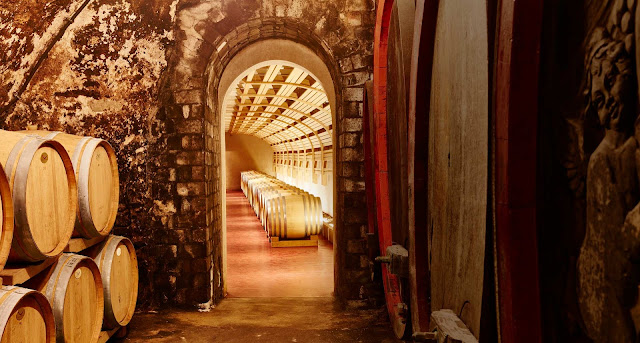This Michelin 2 star restaurant in Sicily provided an unforgettable evening for Wine-KnowsThe best value on
a pricey wine list is always a wine you bring from home (we’ve paid as much as
$75 for corkage, but it’s been worth it to us to enjoy a bottle of
an older red that has been decanted for a couple of hours.) However,
that isn’t what this article is about. Instead, the article addresses those times when bringing a bottle to a fine dining experience isn’t feasible (e.g. European restaurants don’t allow). How does one quickly peruse a 50 plus
page wine list to find the reasonable hidden gems? I’ve got a few tricks up my sleeve to help.
First, however, if
you’re looking for a varietal such as Cabernet Sauvignon, you can stop
reading this article now. Cabernet is
one of the most expensive items on a wine list regardless of its country of
origin. The same goes for Chardonnay and Pinot
Noir. Instead of varietal, change your
vision to style of wine. If you want a big bold red, then my method
can help you. If you want a complex white, my experience can
also assist you to find the perfect alternative white, often for considerably
less.
 |
| 3 Michelin star George Blanc's list in the 1980's had 10 pages of Burgundian reds |
I can help you
find both well-crafted white and red wines, but you have to know where and how to
look. All upmarket wine lists are laid out
differently. In Europe the format is more homogenous. Typically, for example, a European Michelin
star sommelier has his/her wine listed by geographical area (e.g. Bordeaux,
Burgundy, Champagne, Tuscany, Rioja). In
New World fine dining, the wine list can in the same regional order used in
Europe, or wines can be listed by varietal.
This means that red Bordeaux appears together with Cab from California
and with the Super Tuscans from Italy. Or that white Burgundies & California
Chars are all listed under Chardonnay.
A Wine-Knows client poses with the sommelier in a Michelin star restaurant near Bordeaux
So, the first
thing you must do is to quickly peruse the sizeable wine list to ascertain how
it is laid out: wine region or grape? This should only take a minute or two. Once you understand the format, you’re ready
to get down to business.
Below are often times the two best white values on a
Michelin-star level wine list:
Alsace’s Whites:
First, be aware
that this eastern area of northern France produces both dry and sweet
wines. Make sure you confirm with the
sommelier which one is which.
Alsace makes
several whites. I suggest you tell the
sommelier what you’re ordering for dinner and ask for his/her help in selecting
which varietal will pair best with your meal.
If the wine list is formatted by grape, check out Pinot Gris (or if you’re
ordering a spicy dish, try Gewurztraminer or Riesling).
Pinot Gris or Gruner would have paired beautifully with this Michelin star seafood appetizer in Spain
Austria’s Gruner Veltliner:
The star of Austria’s
show is the Gruner Veltliner grape. Don’t
worry about pronouncing it, just enjoy it.
Gruner Veltliner (often referred to as simply “Gruner”) is the darling
of many sommeliers because of its food-friendliness and its significant
quality/price. This dry wine might
become one of your new value faves.
Michelin star dining will be featured on Wine-Knows' Christmas market tour December 6-16
For the two best red values on a Michelin-star level
wine list consider these:
Bierzo, Spain’s Mencia:
Bierzo is a small
wine region in northern Spain near the Portuguese border. Mencia is its super-star red grape. This is a powerhouse red is chocked full of
flavor and structure. If you’re looking
for a complex medium body red, look no further.
You’ll be stunned at the favorable price.
Wine-Knows enjoy a pre dinner aperitif at 3 star Auberge de Ill in France
Argentina’s Malbec:
Malbec is one of
the five grapes allowed by law in the blend of Bordeaux’s red wines. In Argentina, however, Malbec is often made
as its own varietal---although it can also be blended. Regardless if it’s blended or not, Argentina’s
Malbec deserves your attention. Some of the more expensive ones are aged in oak
and can offer an alternative to a pricey Bordeaux for meat lovers.
Remember to think out of the box. Regardless of the number of pages, every wine list has gems to be snagged....you just need to find them.














